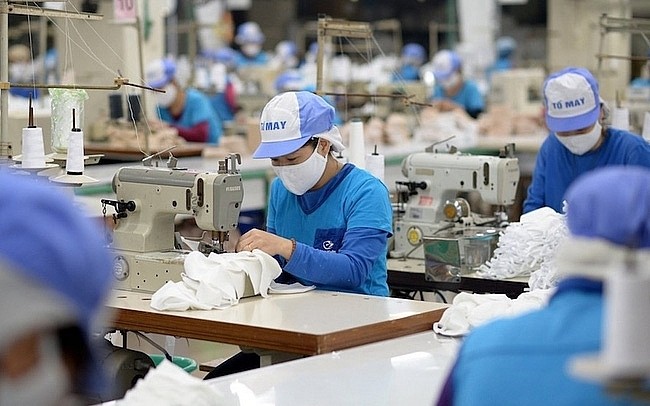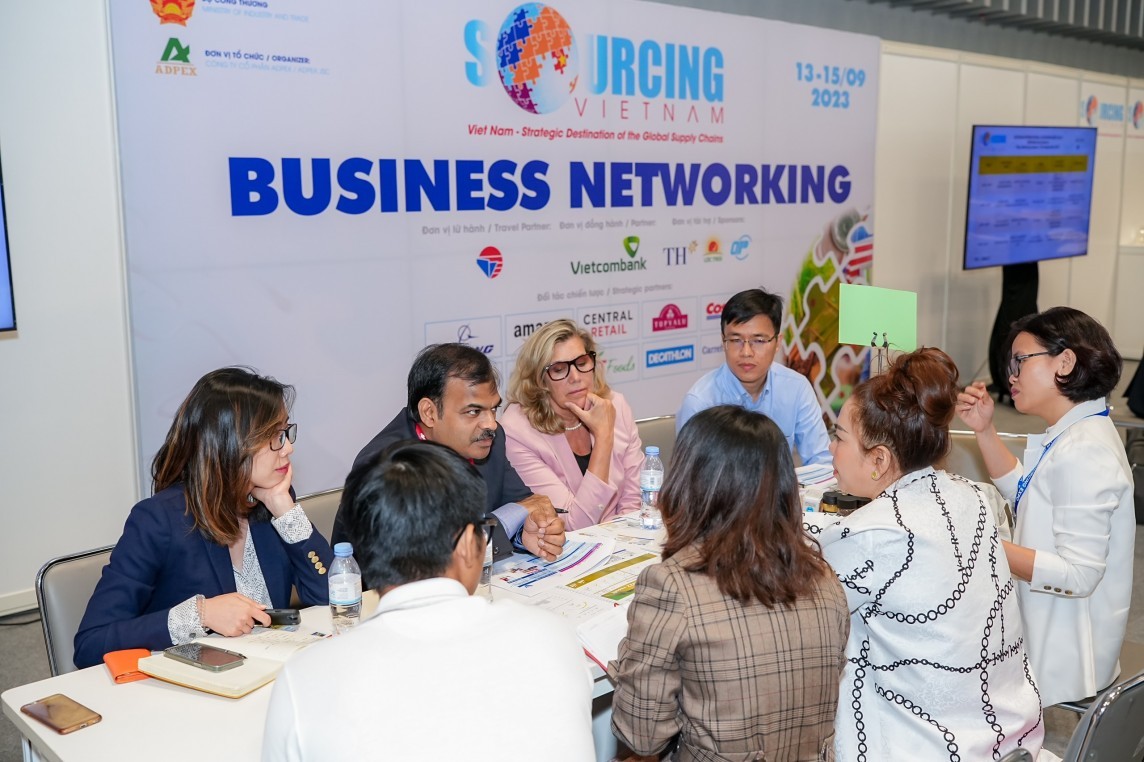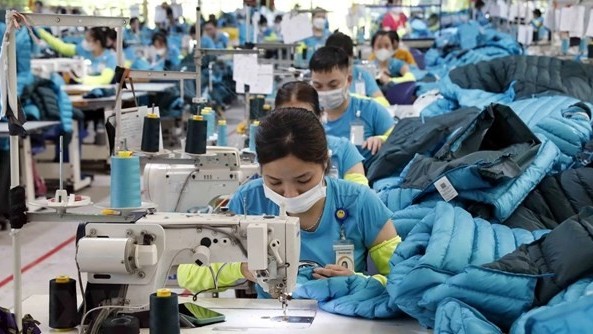
How can Vietnamese textile brands enhance their competitiveness in the international market?
Latest
 |
| Vietnamese brands haven’t found their position in the global textile markets. How can we improve their competitiveness? (Photo: Cong Thuong Online) |
Most of the products, being predominantly manufactured for foreign labels and brands, leave global consumers unaware of Vietnamese textile brands.
Vietnam’s textile products are considered high-quality by importers in terms of technical precision, competitive pricing, and meeting the demands of various consumer segments in export markets.
However, the majority of new products still target middle-income and low-income consumer groups. Despite improvements in design, styles, and patterns, they lag behind their competitors. To penetrate the luxury consumer segment, businesses must significantly enhance their product quality to establish a stable foothold amid deepening integration within regional and global markets.
According to experts, apart from the heavy reliance on foreign raw materials, Vietnamese textile has a number of weaknesses regarding weaving, dyeing and designing. While many Vietnamese brands thrive domestically, their export potential remains limited, impacting the added value.
Presently, Vietnam's textile industry finds itself in a low position within the global textile chain. Proactive sourcing of raw materials and a stronger emphasis on design would undoubtedly generate higher surplus value.
Hence, it's time for textile enterprises to strategize building robust brands, emphasizing brand values to enhance competitiveness. Simultaneously, a strategic direction aimed at elevating product quality, design, and leveraging brand value should create added value for the products.
Mr. Tran Ngoc Liem, Director of VCCI Ho Chi Minh City highlighted that free trade agreements like the CPTPP and EVFTA emphasize green usage, recycling, sustainable development, labor standards, and production transparency. These requirements requires Vietnamese manufacturers to adapt.
However, only large enterprises possess the financial capacity to invest in technologies are meeting this demands. Meanwhile, small businesses which are primarily involved in subcontracting face significant challenges. Particularly, the EU, as Vietnam’s second-largest textile export market (after the US), introduces stricter standards, posing unprecedented challenges for export-oriented enterprises.
The high standards and requirements from export markets, as well as impacts of post COVID-19, have left numerous businesses, even reputable brands, grappling for solutions, leading to difficulties in export.
These concerns don't just affect manufacturing entities but also worry managerial leaders as persistent difficulties threaten the overall export turnover, a vital sector of the economy.
Mr Trinh Minh Anh, Chief of Staff of the Steering Committee for International Economic Integration said that, in order to enhance the competitiveness of businesses to access international markets, businesses need to enhance awareness and actively equip themselves with knowledge about international economic integration commitments.
For example, if the textiles and garments sector wants to enjoy preferential tariffs in the CPTPP, they need to adhere to the "from yarn forward" rule or the so-called “3-stage” rule, while the principal rule for textiles under the EVFTA is "from fabric onwards". Essentially, a Vietnamese garment qualifies under EVFTA if the fabric is woven, completed, cut, and sewn in Vietnam.
Moreover, businesses must comprehend each market's specifics, such as import-export policies, mandatory regulations, or encouragements. This includes plant quarantine regulations, technical standards, and consumer trends.
Mr. Vu Duc Giang, Chairman of the Vietnam Textile and Apparel Association (VITAS), firmly states that the green transformation is an inevitable trend, and a vital move for businesses. To boost the competitiveness of Vietnamese textile brands in the global market, companies must swiftly adapt to market demands.
In the strategy for textile and garment industry development until 2030, with a vision until 2035 approved by the Prime Minister in December 2022, factors like environmental protection, fulfilling social obligations, ensuring sustainable development, and meeting international commitments are clearly stipulated.
The goal by 2035 is to develop effectively and sustainably in a circular economy model, improve the domestic value chain, efficiently engage in the global value chain, and establish regional and global brands.





















